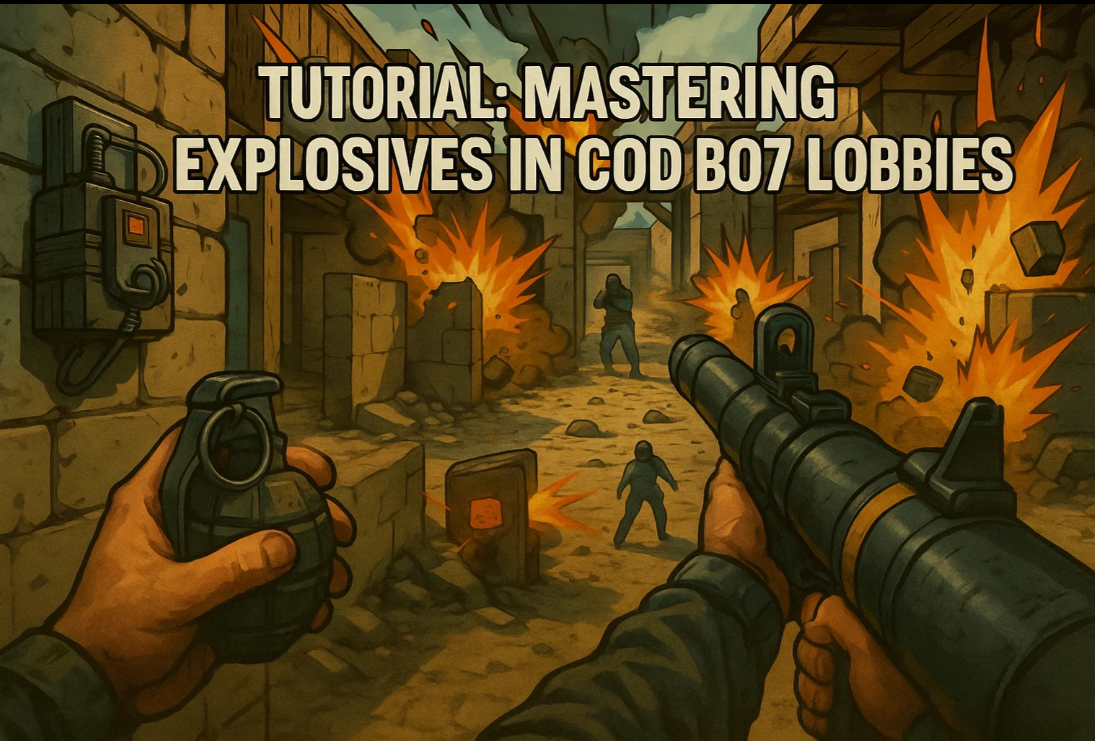Path of Exile 2 is redefining the iconic passive skill tree, one of the most recognizable features of the original game. In the first title, the passive tree was an immense web of interconnected nodes offering incremental stat bonuses, notable keystones, and countless paths to explore. While it provided near-limitless freedom, it was also overwhelming for new players, and its structure often encouraged following pre-made guides rather than experimenting. Path of Exile 2 takes a bold step forward, striking a balance between depth, accessibility, and creativity to ensure the passive tree remains the heart of character building.
The most obvious change is the introduction of class-specific starting areas that feel more distinct. In the first game, classes were tied to a single starting point, and while they had unique Ascendancy classes, much of the early game pathing felt similar between characters. The sequel adds more meaningful differences, allowing classes to lean into their archetypes earlier and branch out with purpose. For example, Marauders can dive into specialized melee nodes faster, while Rangers have early access to unique bow mechanics, reducing redundancy in leveling paths.

Another major improvement is the inclusion of larger, visually distinct clusters. Instead of spreading incremental stats over dozens of nodes, the tree now features “mini-clusters” with thematically grouped bonuses. This layout makes it easier for players to identify builds at a glance while also offering more impactful choices. By consolidating power into fewer nodes, players feel rewarded for every skill point spent, while the game retains its complexity through branching paths and specialized keystones.
Keystones themselves have been reworked and expanded to create fresh possibilities. These unique nodes introduce dramatic changes to gameplay, encouraging bold experimentation. Some keystones are now tied to specific gear, questlines, or boss rewards, adding a layer of progression and making them feel more earned. This approach blends the game’s narrative with its mechanics, giving players a sense of accomplishment beyond just theorycrafting a perfect build.
The skill tree overhaul also emphasizes synergy between skills, items, and passives more than ever. The developers have introduced visual cues and clearer descriptions, helping players understand how nodes interact with their builds. For example, a node that increases projectile speed may have a tooltip explaining how it affects certain bow or spell skills, allowing for smarter decision-making. This thoughtful approach not only benefits new players but also provides experienced veterans with tools to refine their builds more efficiently.
poe2 items sale’s reimagined passive skill tree shows Grinding Gear Games’ commitment to innovation while respecting the original’s depth. By streamlining layout, improving readability, and introducing impactful decisions, the developers are creating a system that empowers players to craft unique characters without feeling overwhelmed. This new design makes build experimentation more approachable while still rewarding those who love theorycrafting. For longtime fans, the passive tree remains the game’s centerpiece, but with more elegance, personality, and strategy than ever before.
